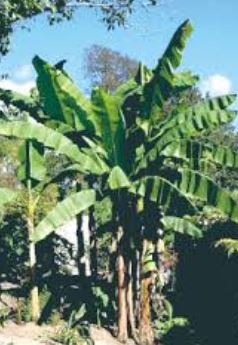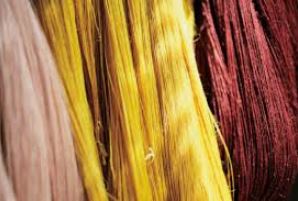
|
|
Bashofu
October 6, 2019
|
Bashofu is the ancient art of weaving banana fiber into a fine fabric. The weaving is but a small and final step in the production of this valuable and highly sought-after material.
The art of Bashofu may have disappeared if not for a master weaver named Toshiko Taira.
The Cultural Context of Successful Aging Among Older Women Weavers in a Northern Okinawan Village: The Role of Productive Activity |

Click photo to see enlarged image.
In the 17th century, Matsuo Basho (born as Matsuo Chuemon Munefusa) was the most famous poet of the Edo period in Japan. He had a small house along the Sumida River, and a banana tree (basho) in his yard.
“I sit underneath it,
and enjoy wind and rain that blow against it.” He liked the banana tree so much he named the house, and published his poems under the name Basho. Basho’s house is long gone, but there’s a delightful Basho memorial park overlooking the Sumida River and it’s the perfect picnic destination. Along with a bronze statue of the poet are bamboo plants, banana trees, and little benches.
Basho wrote this haiku on a day in March, listening to a quiet rain and sitting in his house along the river:
The old pond —
a frog jumps in, sound of water. Basho was also a traveler, and one day he left his house, put on a sturdy hat and rain cape, and started walking. On his hat he wrote, “Soon, cherry blossoms.” Basho followed routes, going north and south in Japan over many years, writing what he saw, along with exquisite haiku. Reading Basho’s words today, it’s hard to imagine he lived over 300 years ago, his poems are timeless.
In a way
It was fun Not to see Mt. Fuji In foggy rain Basho was born around 1644, somewhere near Ueno in Iga Province. His father may have been a low-ranking samurai, ... read more 
Sources: |
©2019 Contact: ClickOkinawa.com



